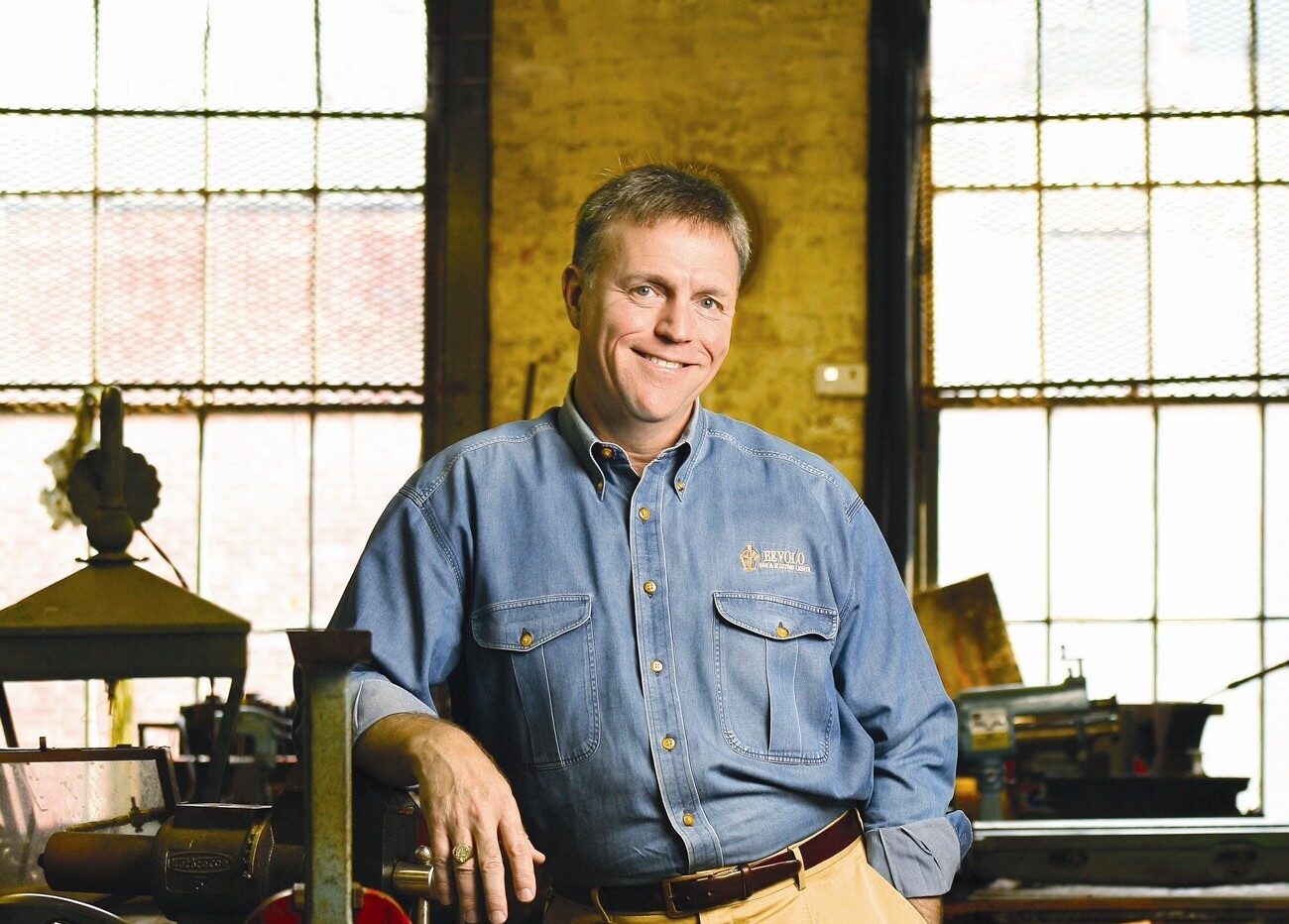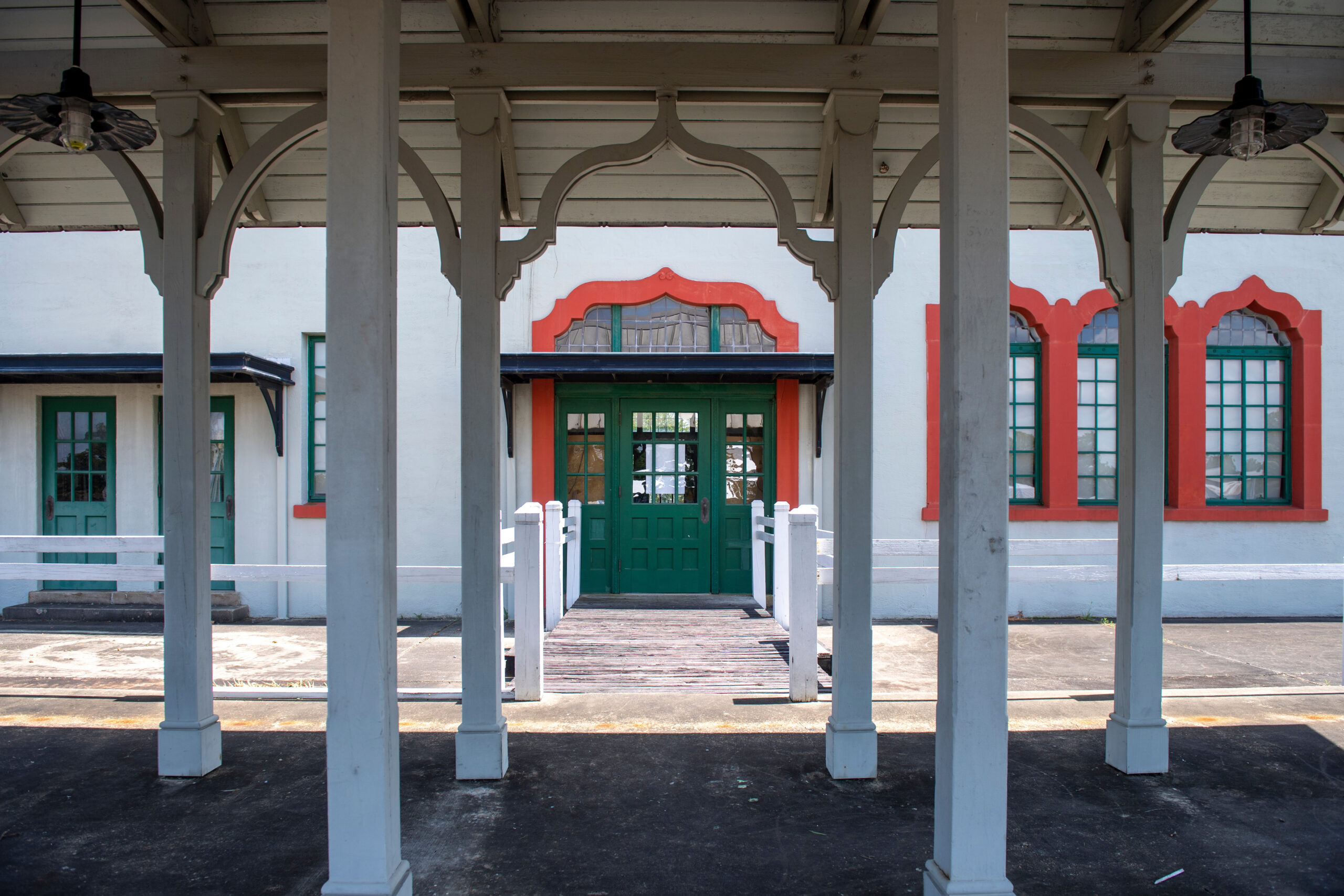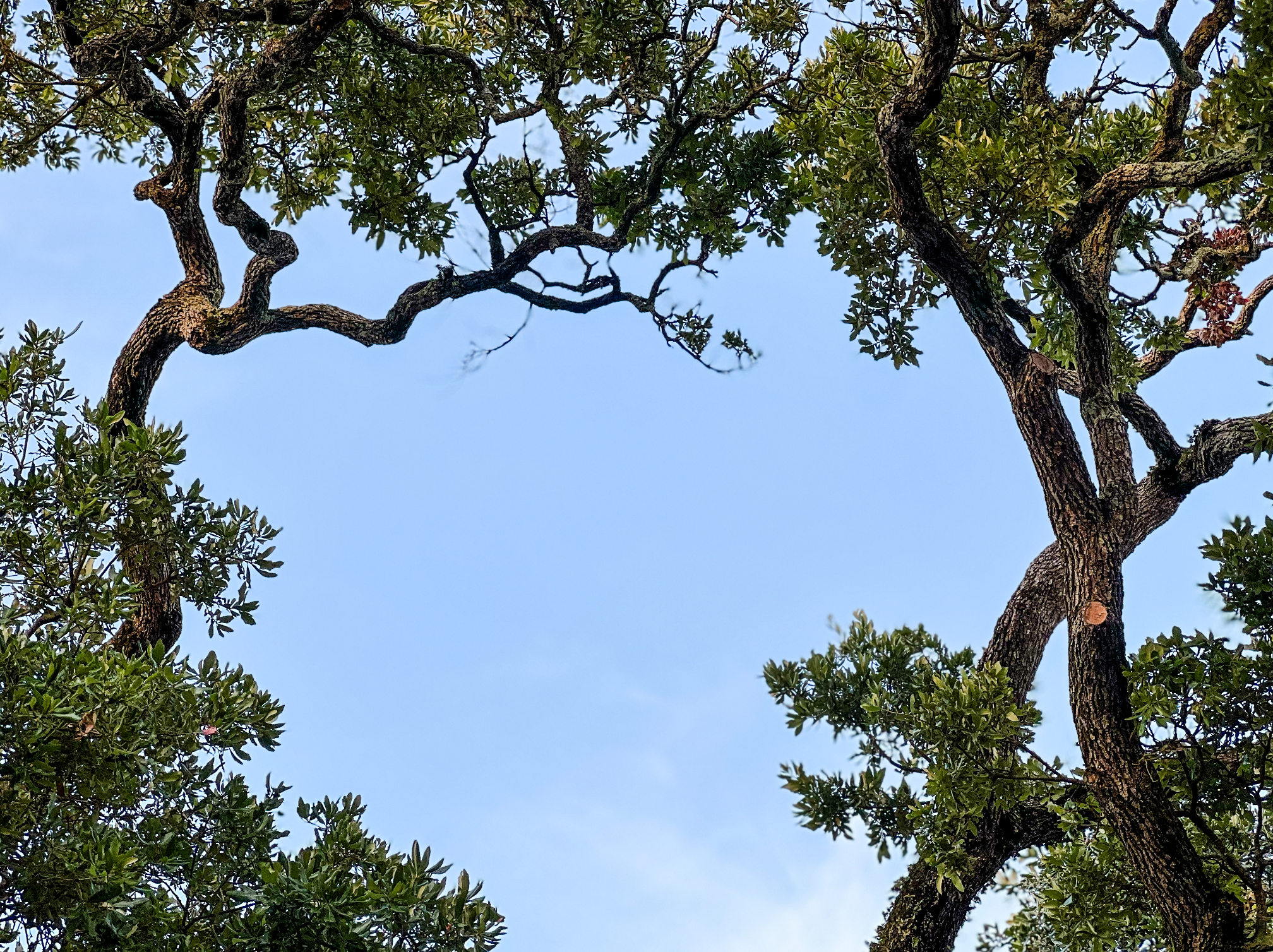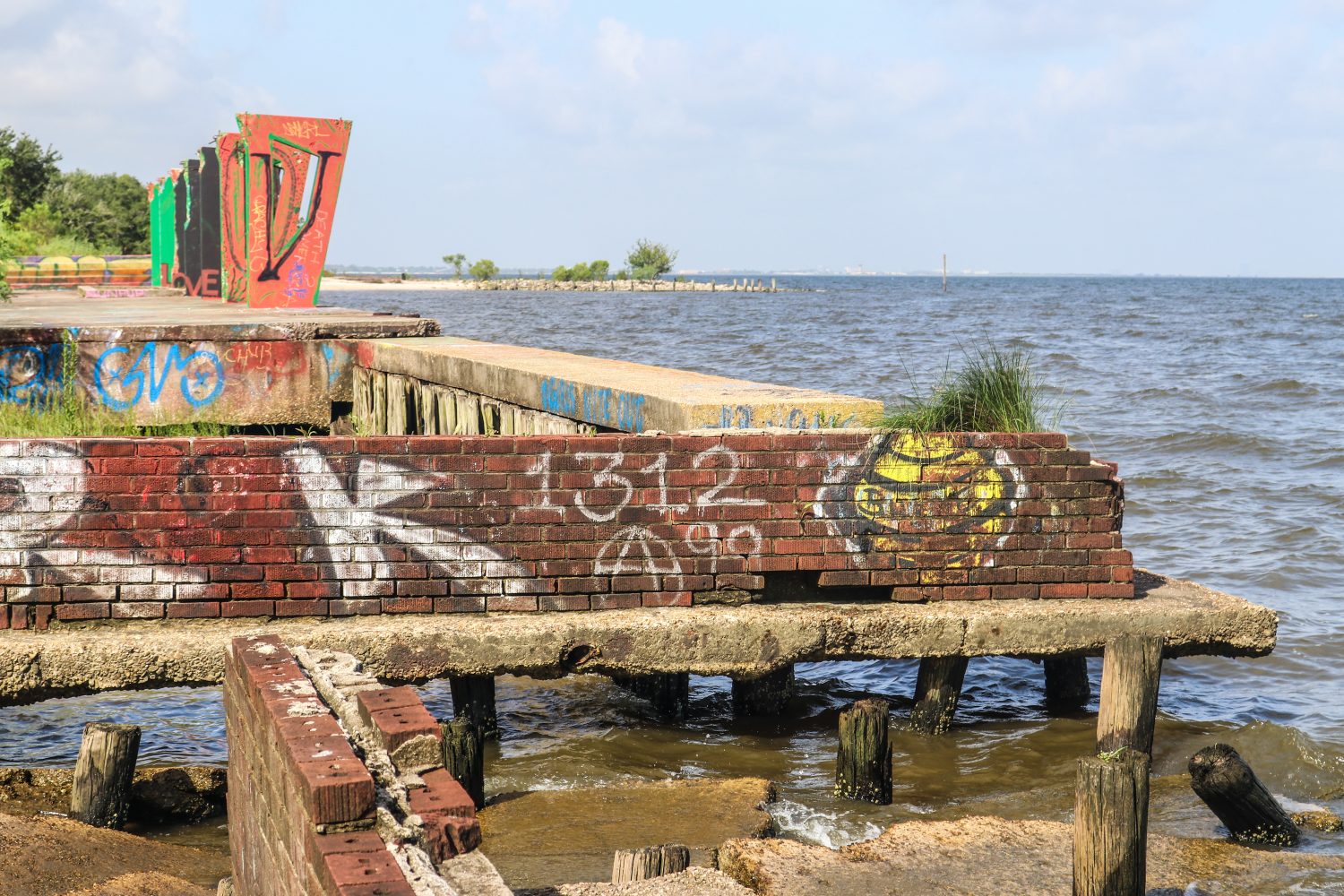This story appeared in the June/July issue of PRC’s Preservation in Print magazine. Interested in getting more preservation stories like this delivered to your door? Become a member of the PRC for a subscription!
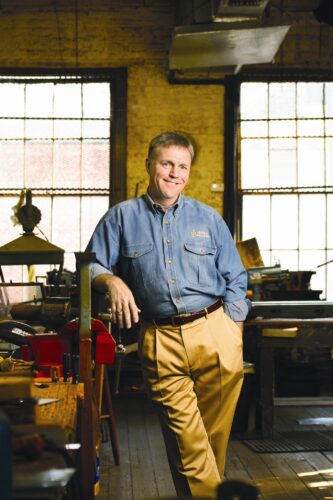 I’m a Preservationist
I’m a Preservationist
Drew Bevolo
Third-generation owner of Bevolo Gas & Electric Lights
Bevolo Gas & Electric Lights was founded by your grandfather in 1945. Tell us a bit about him.
My grandfather Andrew Bevolo Sr.’s contribution to lighting is historic. His entrepreneurial opening of his French Quarter shop Bevolo Metal Crafts, declaring “We Mettle in Everything,” would eventually save original, historic London gas streetlights. One of the London lights had found its way into his experienced hands. Using aviation technology developed at the beginning of the 20th century, which he learned by being part of the first crew that invented the helicopter while working for Igor Sikorsky in Connecticut in 1939, my grandfather rebuilt and saved many lead-soldered gas lights that had been damaged by the bombing of London during World War II. This same hand-riveting is still used today in the manufacturing of our own lights.
After moving to New Orleans to join the war effort with a famous submarine and aircraft company, my grandfather ended up at Higgins Shipyards, building the D-Day landing craft, which eventually was credited with helping to win the war.
In about 1960, a youngish architect by the name of A. Hays Town was walking the streets of the French Quarter sketching historic fixtures from buildings. Walking down the street, he heard the tap-tap-tap of Andrew Bevolo Sr., working into the night. He stuck his head in the door and said, “Hey Mister, can you make a light fixture?” My grandfather replied, “If you can draw it, I can make it.” And a great friendship was born. That night, they created the Original French Quarter Lantern, which appears as a trademark of all Hays Town homes.
Are there processes that your grandfather used in the company’s early days that you’re still using today? How has the business evolved over the years?
We have re-engineered our manufacturing processes and expanded our production square footage over multiple parishes after learning lessons from past hurricane seasons, but we still maintain the integrity of my grandfather’s handmade riveting for its proven, time-tested durability and strength. After 80 years and now our fourth generation of family leadership, we anticipate the lights made today will last 300 years.
You’re the third generation Bevolo to run the company. What does that legacy mean to you?
We have been fortunate and somewhat lucky to have made it throughout generations. Businesses only have a five percent chance of a second generation of success. Through hurricanes and economic downturns and labor shortages, we have endured. We have persisted with the principles of being the best in the world at what we do, improving our quality every year and having talented, driven and dedicated employees who believe in our greater good. The “tout ensemble” of the French Quarter is a perfect fit for us.
What legacy do you wish to leave behind regarding your work/product?
I walk the streets every day in the French Quarter knowing that my grandfather made that one, my uncle made that one, I made this one, and now I can say that my sons made these lights. With iPhones and email, we now have these same pictures throughout the United States and all over the world.
New Orleans is known for its food, music and historic architecture — including its flickering gas lamps. What does historic preservation mean to you?
Preservation is something we do on a daily basis and are honored to participate in its important legacy. Bevolo is on many National Historic Registered places, not only in our beautiful French Quarter and throughout Louisiana, but also on many historic universities and state capitols, in all 50 states and 67 countries — from Thomas Jefferson’s University of Virginia, to natural gas-powered clocks throughout New England, to the birthplace of the original gas street lights of London.
If you could wave a magic wand and fix one thing about New Orleans, what would it be?
Historically, the French Quarter has faced similar challenges from its founding through to today: flooding, weather, political winds, deteriorating buildings, sanitation, crime and evolving unique populations and residents. Yet, it remains and thrives and persists against the same obstacles one, two or 300 years ago. A magic wand is needed every day to keep this miracle alive.



